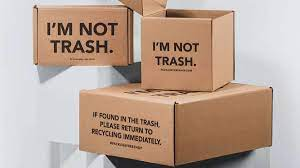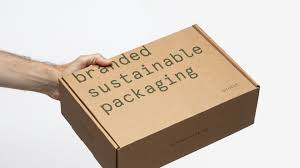Using sustainable packaging reduces the environmental impact of a product and the cost of materials used in its production. You can use recycled, biodegradable, or compostable materials to minimise your environmental footprint.

Some reusable, sustainable packaging examples include plastic cylinders, recyclable glass bottles, or recyclable plastic jars. This type of packaging allows you to refill your products’ contents, eliminating the need for a single-use container. These containers are available in various sizes, from small to large, and can be reused repeatedly. For advice on eco-friendly Contract Packing, go to www.wyepak.co.uk/contract-packing/
Corrugated cardboard packaging is an excellent choice for eco-conscious consumers. Not only does it use biodegradable material, but it also establishes recycling streams.

Another eco-friendly way to protect your products is to use recycled paper. The paper can cushion your effects while in transit. Compared to packing peanuts, recycled paper is safer to store.
You can also opt for eco-friendly bubble wrap. Made from up-cycled corrugated cardboard, this wrapping is eco-friendly and offers excellent performance in transit.
Food waste is a significant worldwide problem, and this is especially true in the developing world. Many consumers have compost bins at home, making it easy to take their biodegradable waste to a composting plant.
Several companies have pioneered the use of seed-based, plantable packaging. Evoware, for instance, manufactures sandwich wrappers from edible seaweed.
Several businesses are using sustainable packaging, including sports labels like Puma and Adidas and Wal-Mart. The Puma bag, for instance, weighs less than a standard plastic bag and is made of a recycled sheet.


Average Rating